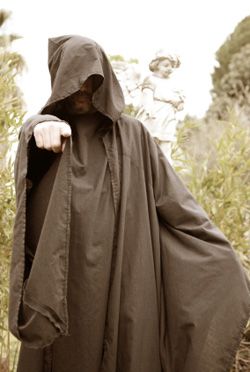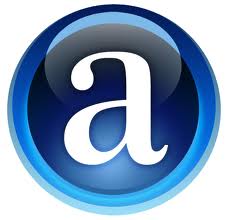 On page optimization factors series continues and now’s the time to cover up some more advanced stuff.
On page optimization factors series continues and now’s the time to cover up some more advanced stuff.
Cloaking is the method that some webmasters use to alter what the search engines see and make it different than what really exists on a web page. Cloaking was used much more in the past and is part of black-hat SEO methods(black-hat are the methods that are not in compliance with the Search Engine’s rules and their aim is to trick them and gain better ranking without much effort.).
From the point I see it black hat seems cool. You can get better rankings much faster and without much effort. But in the end you will get caught. If you’re trying to build a business out of your site, don’t try to trick the engines, people behind them work day and night to ensure that they’ll be one step ahead of you
After all you are creating a web site and want it’s reputation in the search engines to last for the years to come.
What cloaking methods are “ok” to use?
 When you are creating a web site, you will want to make a page’s headline get more attention. That’s when we use H1 Tags. When you are adding a H1 tag, you’re telling the search engines that in this particular page, that’s the most important element that will categorize the rest of the content on this page. That’s the reason you can add only one per page. If you add more, you will get a small penalty in your rankings.
When you are creating a web site, you will want to make a page’s headline get more attention. That’s when we use H1 Tags. When you are adding a H1 tag, you’re telling the search engines that in this particular page, that’s the most important element that will categorize the rest of the content on this page. That’s the reason you can add only one per page. If you add more, you will get a small penalty in your rankings.
If on the other hand you have more strong points in a page that you want the search engines to pay attention to, add their headlines in H2 tags.
Back to our subject. If you want to make the headline of an article a H1 and at the same time you don’t want the fonts to be Huge and draw all the attention there or ruin your template, then you can alter that H1 tag with your CSS to make it look a bit smaller. That won’t raise an eyebrow and it is considered “best practice“.
Then there’s the hidden content. On a web page we can alter the text we have and make it hidden, by using CSS code. Search engines hate this and sooner or later someone will see and report it. We can use hidden text on very rare cases like websites that are made 100% with flash technology. Bots can’t crawl those sites, therefore they can’t categorize them and they can’t add the site’s content to their databases. It’s a good practice to add the text that a flash page contains, as hidden text in the page so search engines will be able to parse it too.
Rule of thumb: Be careful when you’re doing changes that make visitors look at different things than the search engine bots do. That should be your guide when playing with the visuals of your web page.
One last but important thing about the on-page optimization factors, is the use of bold in your text. Back in the day, you could just use bold in your main keywords and get a good boost. Nowadays, due to the abuse of that method, bold in text is not THAT important but it plays a small role in your ranking on search engines.
What I would suggest is to bold for your visitors, not the search engines. Don’t use bold on your main keywords only. Bold whatever will help your visitor scan the page in less than three seconds to help him/her desire on reading the entire article easier.
So that’s all the basics in on-page optimization. I’ll update the series soon but now it’s time to move to Off-page optimization techniques. Trust me, that’s more interesting :)
Till next article,
Angel



Nice blog you have… looking forward to read your next post
Pretty insightful publish. Never thought that it was this simple after all. I had spent a great deal of my time looking for someone to explain this topic clearly and you’re the only one that ever did that. Kudos to you! Keep it up